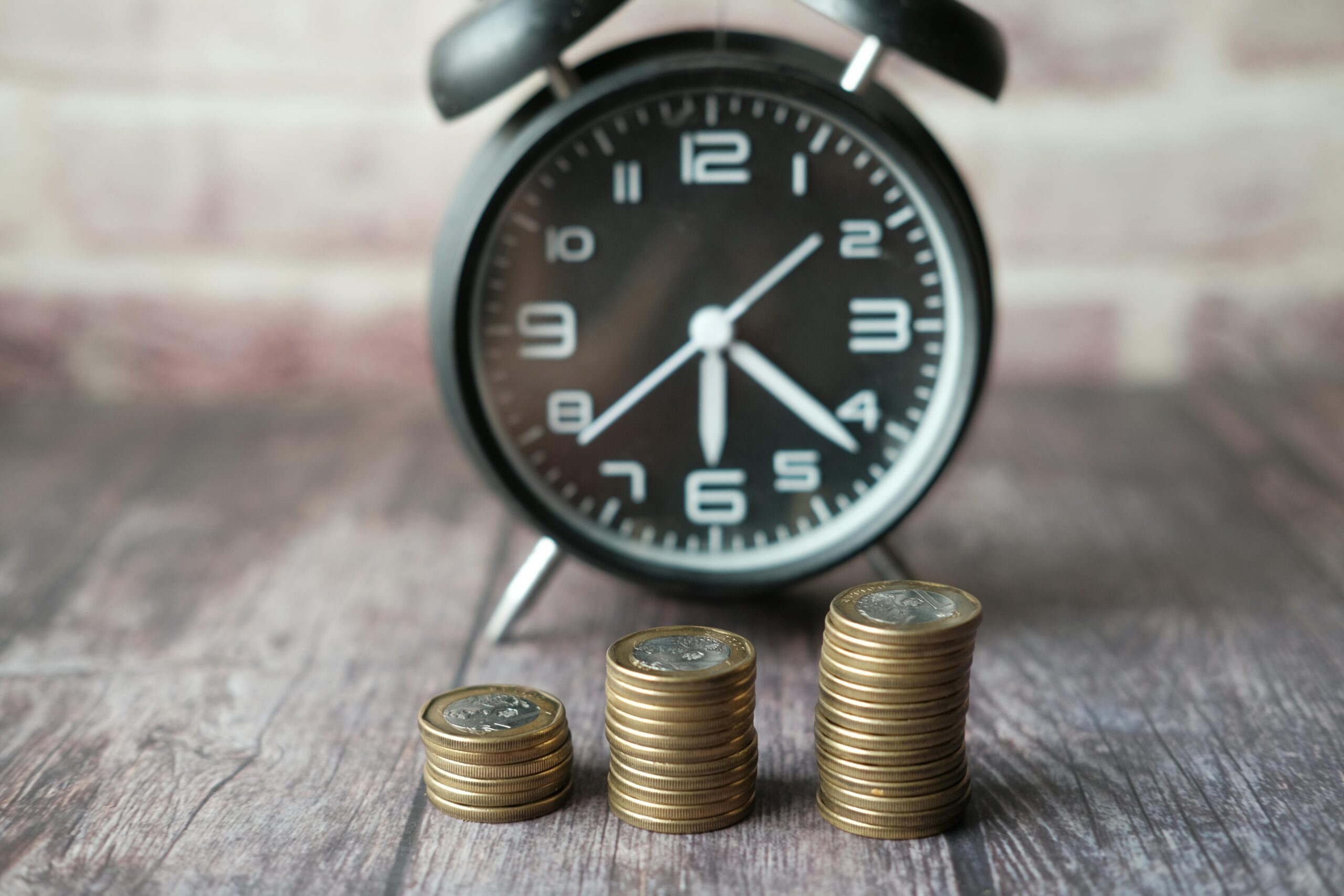Learn how to create a budget in just a few minutes
Talking about budgets sounds complicated, doesn’t it? It sounds like something for an accountant or someone who has hours of free time to analyze numbers. But the truth is that setting up a budget can be simple, quick and, believe me, even liberating.
There are many doubts about the process. So, do you want to know how to create yours in just 30 minutes? Read on to find out more about how to create a budget quickly and easily!
Why is it important to have a budget?
Before diving into the numbers, let’s understand why it’s important. A budget isn’t just about cutting costs or tightening your belt. It is the compass that guides you in your financial life.
When you’re clear about where your money is going, it’s much easier to make smart decisions, avoid debt and even achieve those dreams that seem so far away, whether it’s buying a car, going on a trip or creating an emergency reserve.
Think of it this way: without a budget, it’s like driving without a GPS. You might get there, but you’ll lose a lot of time (and maybe money) along the way. A good budget puts you in control. Now, let’s learn how to put it into practice.
Step by step on how to create a budget in 30 minutes?
Now that you understand the importance of creating a budget, it’s time to learn how to draw up your own in a simple way. Want to know? Below, we’ve put together a detailed step-by-step guide, explaining each one.
Step 1: Write down your total income (5 minutes)
First, grab a pen and paper or open your cell phone’s notepad. Write down all the money that comes in each month: salary, freelancing, bonuses, any money that drips into your account. Add it all up. This is your base.
If your income varies (for example, if you’re self-employed), take an average of the last three months.
Step 2: List your fixed expenses (10 minutes)
Here’s the part where you put on the table everything you already know you’re going to spend: rent, water bills, electricity, internet, streaming subscriptions, etc.
Also include mandatory expenses such as transportation, food and health. Finally, write everything down, without hiding anything. If possible, consult your bank statement so you don’t forget anything important.
Step 3: Categorize your variable expenses (10 minutes)
Now think about the expenses that vary from month to month: grocery shopping, that afternoon coffee, weekend outings. These are the expenses that often slip under the radar and mess up the budget.
The key here is to estimate. Look at how much you’ve spent in recent months and set a maximum amount for each category (entertainment, leisure, clothes, etc.).
For example, if you realize that you spend around $200 a month on restaurants, set that as the ceiling for the following month. This doesn’t mean stopping going out, but knowing how far you can go without putting a strain on your pocket.
Step 4: Do the final math (5 minutes)
It’s time to add it all up. Take your total income and subtract your fixed and variable expenses. The result will show whether you’re in the black, on the edge or in the red.
If you have money left over: Great! Think about how to invest it or create an emergency reserve.
If you’re short: Don’t panic. See where you can cut back or reduce. Maybe that streaming service you hardly use or those dinners out can wait a while.
Step 5: Set realistic goals
Finally, a budget isn’t just about knowing what you’re spending, it’s about planning for the future. Set goals: save $100 a month, pay off debts, or even save for a vacation. Small goals make everything more motivating and possible!
Conclusion
So, see how it wasn’t a big deal? With those 30 minutes well invested, you’ve created a powerful tool for controlling your finances. Remember: a budget is a map, not a prison.
Finally, it gives you the freedom to spend on what really matters, without that feeling of guilt or fear of not making it to the end of the month. Now all you have to do is put it into practice and adjust it as necessary. Are you ready to take control of your money?

